Introduction
Compensation Funds are private non-profit organizations of the Chilean Social Security System, whose purpose is to provide social benefits and products that favor the welfare and individual development of their affiliates, pensioners and their families. Companies are able to join the Compensation Funds free of charge, and their collaborators become affiliates who are then able to access the benefits offered. This project was done with Chile’s most prominent company in the industry.
With over 67 years of history, this institution has over 4 million affiliates to the tune of 3,400 collaborators and a network of over 140 branches that run throughout Chile. It offers to its members a wide variety of benefits in different fields such as education, health, tourism, recreation, insurance, and also financial solutions. These benefits are mostly free, although they also provide some financial and other products that are fully or partially paid by members.
In regards to legal benefits, the Compensation Funds manages the sick leave payments of workers affiliated to the public healthcare system. They also manage the family allowance, another state benefit associated to legally dependant family members like the children and the elderly.
In 2017, the company defined Customer Experience as one of its strategic pillars. The challenge to the consulting team was to improve affiliates' experience, with a focus on omnichannel, service redesign and the resulting affiliate attention, creating value in each interaction. The project was defined with the affiliate at the center, redefining the criteria for decisions with a focus on improved well-being, valuation, and ease of access to the benefits delivered by the company.
In line with the strategic challenge, a team of multidisciplinary professionals proposed a methodological approach that combines Service Design, UX Design, Interior Design and the analysis and definition of an Experience Management Model. This was done with the purpose of delivering solutions from the user’s point of view, with robust support for the roles, processes, and organizational systems involved.



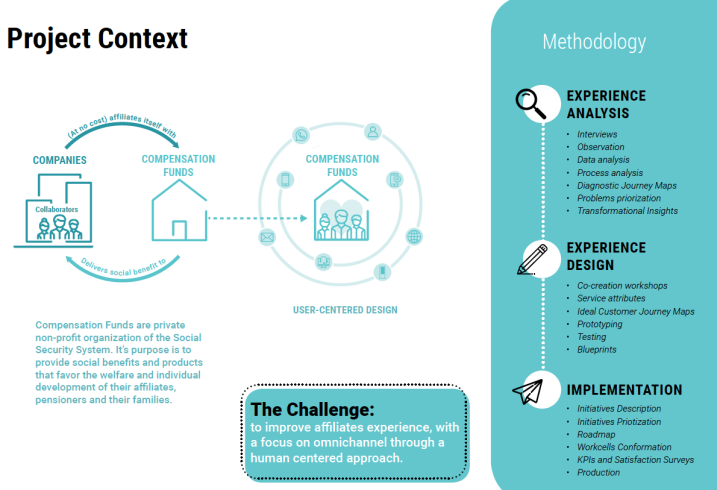
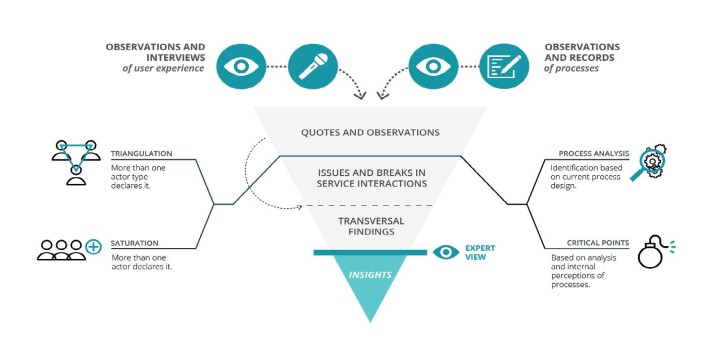
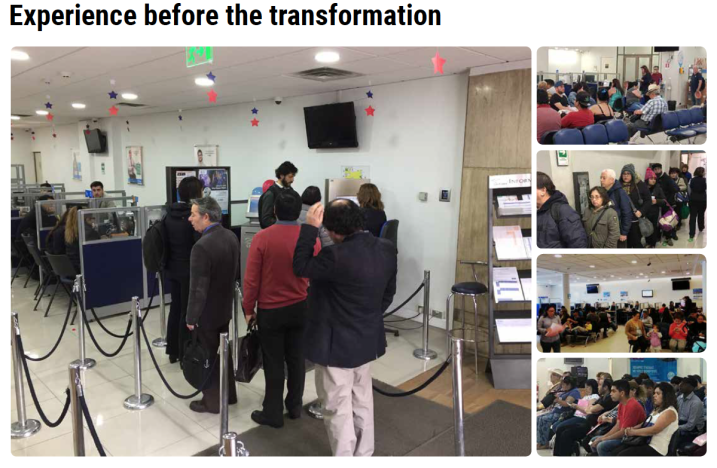
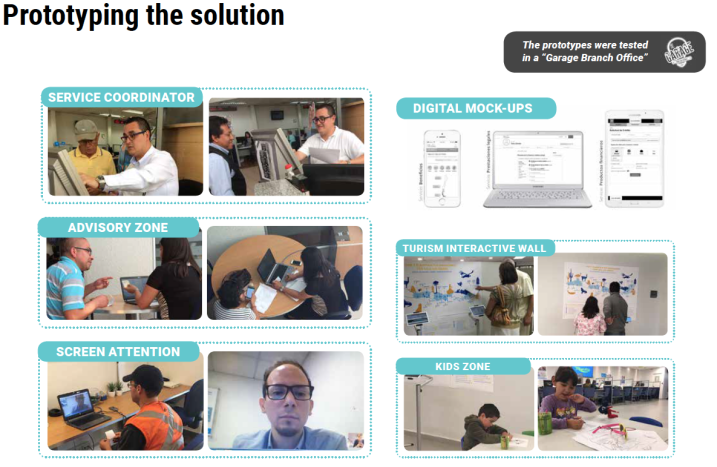
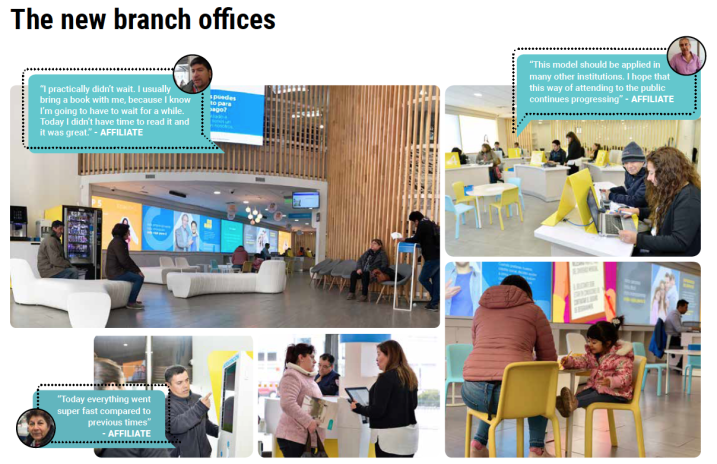
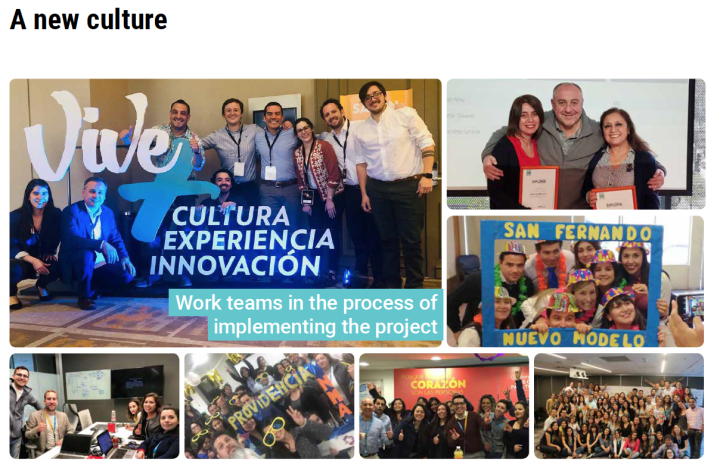
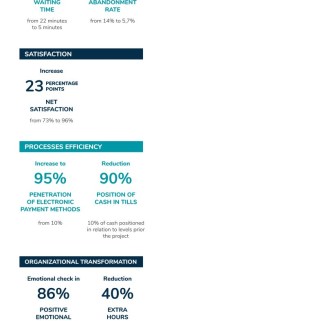
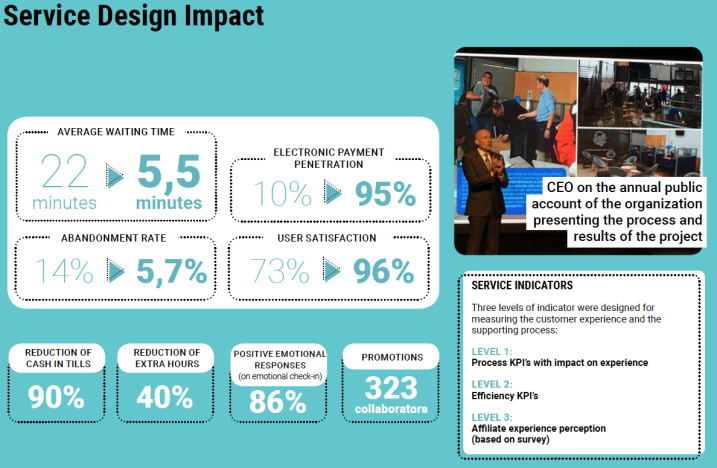

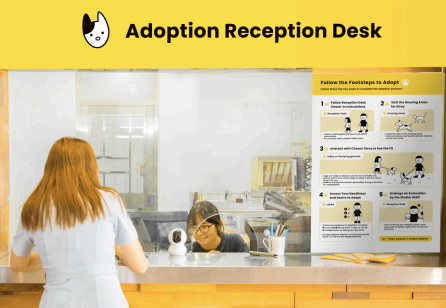
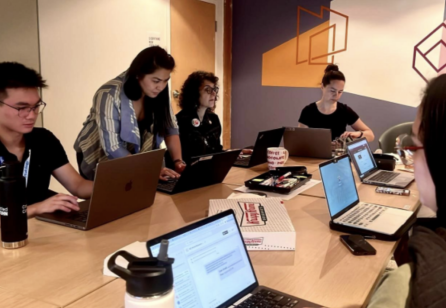
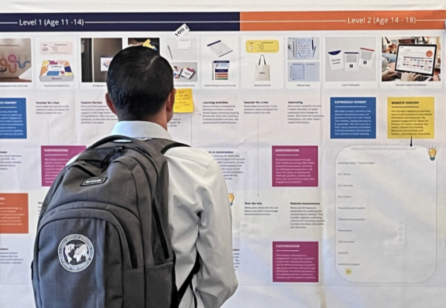

Share your thoughts
0 RepliesPlease login to comment